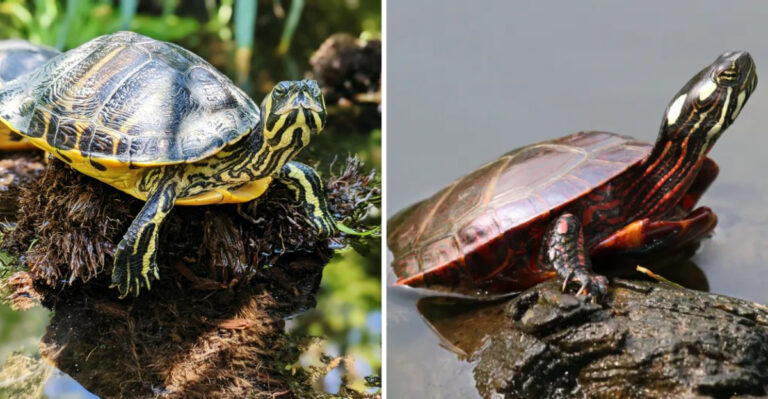15 Ways You Can Help Turtles On World Turtle Day
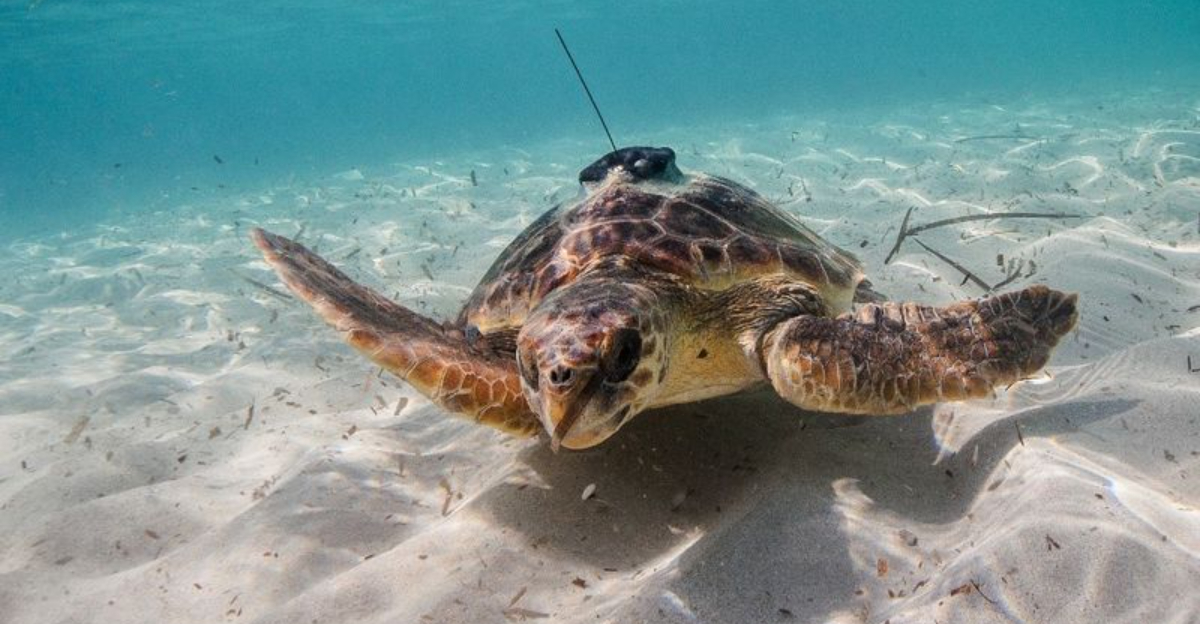
Every May 23rd, World Turtle Day shines a spotlight on these ancient, remarkable creatures who’ve roamed our planet for over 200 million years. Today, nearly half of all turtle species face extinction due to habitat loss, pollution, and climate change.
The good news? There are simple, meaningful actions we can all take to help these shell-dwelling friends survive and thrive.
1. Beach Clean-Up Champion
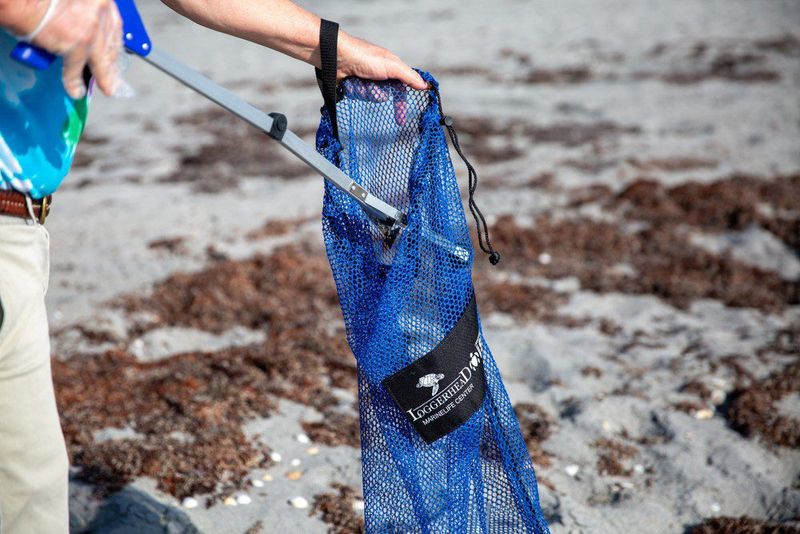
Grab a bucket and hit your local beach! Discarded plastic bags look eerily similar to jellyfish – a turtle’s favorite snack. One afternoon of collecting trash could save multiple turtle lives.
Organize friends to join your clean-up crew for bigger impact. Even inland litter eventually reaches waterways and oceans where turtles live.
2. Ditch Single-Use Plastics
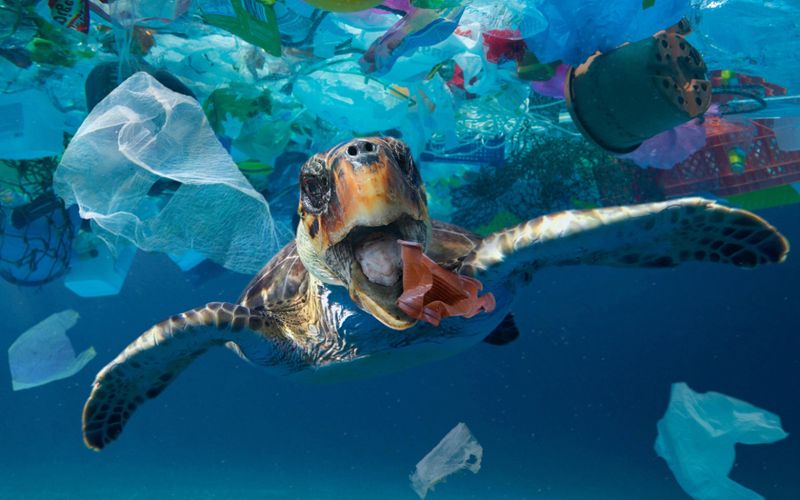
Remember that straw in your drink? It could end up lodged in a turtle’s nostril. Carry reusable alternatives like metal straws, cloth bags, and water bottles wherever you go.
Small swaps add up to big differences for marine creatures. A single plastic bag can take 1,000 years to decompose in the ocean.
3. Adopt A Turtle (Virtually)
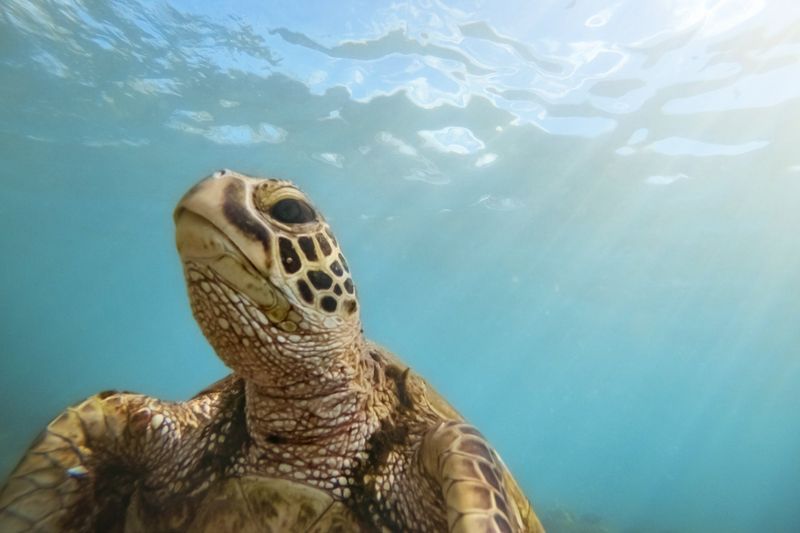
You don’t need a tank at home! Virtual adoption programs support rescue centers caring for injured turtles. Your donation provides medicine, food, and rehabilitation services.
Many organizations send adoption certificates and progress updates about your shelled friend. It’s a meaningful gift for animal lovers of any age.
4. Lights Out For Nesting Season
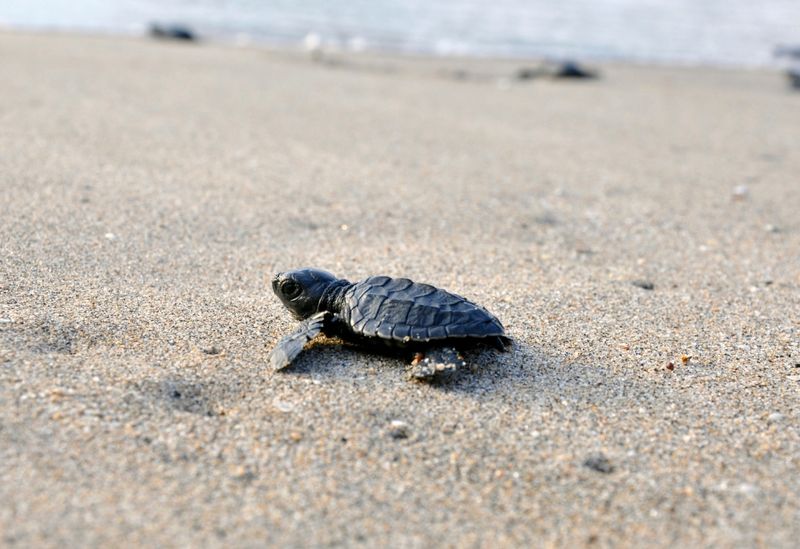
Bright coastal lights confuse baby turtles! They follow the brightest horizon – naturally the moon reflecting on water – but artificial lights lead them inland instead of to sea.
If you live near nesting beaches, draw curtains at night and use turtle-friendly amber LED bulbs. These simple changes help hatchlings find their way home.
5. Report Turtle Sightings
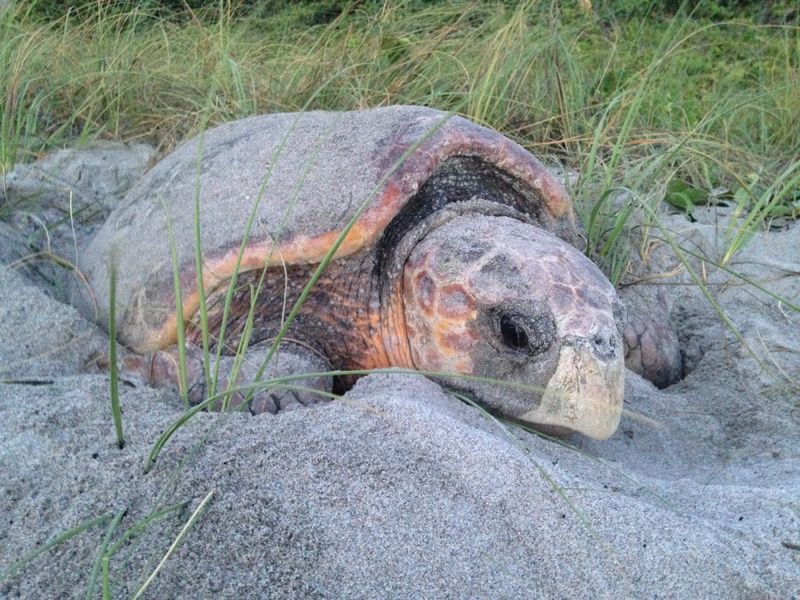
Spotted a turtle crossing the road or nesting on a beach? Many conservation groups track turtle movements and need your eyes! Take a photo (from a respectful distance) and contact local wildlife authorities.
Your observation helps scientists map habitats and migration patterns. Just remember – never disturb or handle wild turtles unless they’re in immediate danger.
6. Create Backyard Turtle Habitat
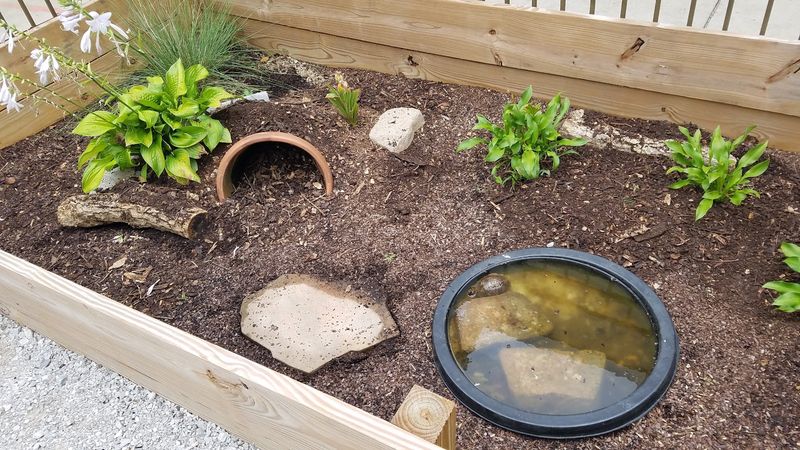
Got a yard? Consider creating a mini sanctuary for local box turtles! A shallow dish of water, native plants, and a brush pile provide perfect turtle accommodations.
Leave fallen leaves in corners of your yard – they’re natural turtle blankets. Just skip chemical pesticides and fertilizers that harm these sensitive creatures.
7. Safe Road Crossing Guardian
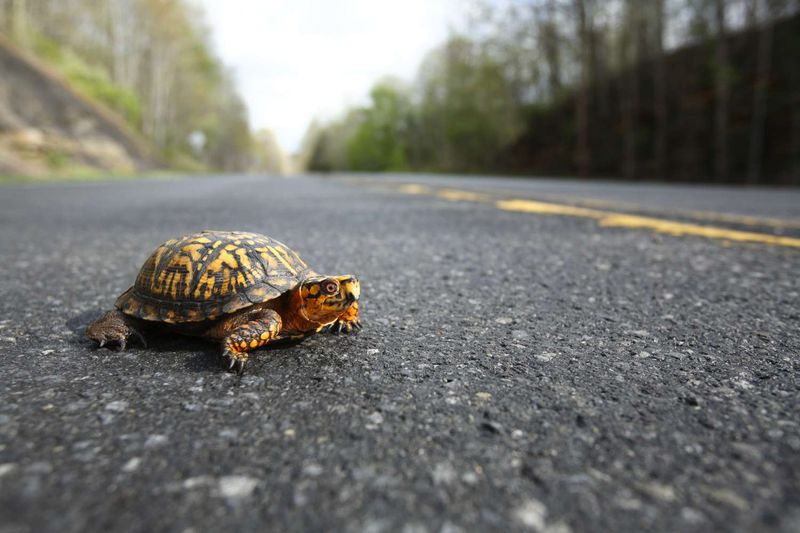
Thousands of turtles pass away annually attempting road crossings. If you spot one, safely pull over and help it across – always in the direction it was heading.
Handle larger species by grasping the shell between hind and front legs. For snapping turtles, gently guide them with a stick or encourage movement from behind without touching.
8. Volunteer At Turtle Rescue Centers
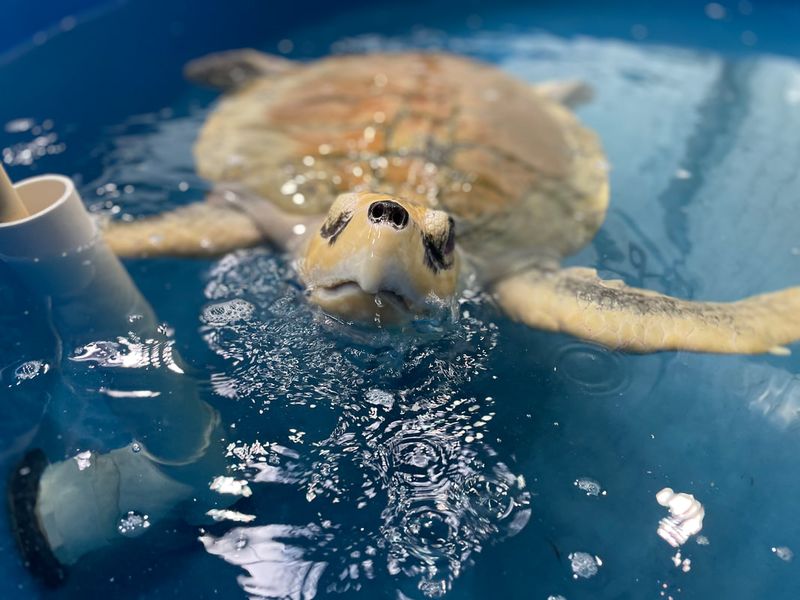
Rescue centers always need helping hands! From cleaning tanks to assisting with feeding, volunteers gain amazing hands-on experience with these fascinating creatures.
No experience? No problem! Most centers provide training. Your time contribution means staff can focus on specialized medical care for injured turtles.
9. Choose Sustainable Seafood
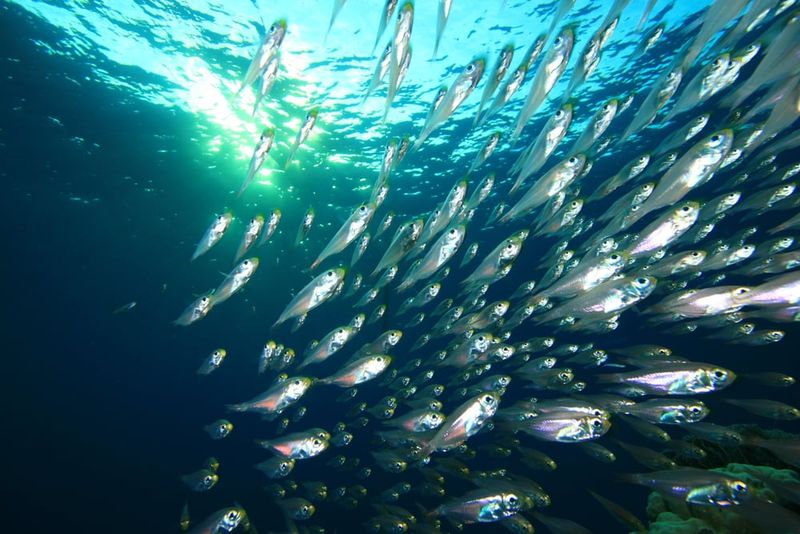
Fishing gear entanglement kills thousands of sea turtles yearly. Support fisheries using turtle-excluder devices (TEDs) by checking seafood guides before ordering that shrimp cocktail.
Apps like Seafood Watch make responsible choices simple. Bonus: sustainable seafood typically contains fewer harmful chemicals and supports healthier oceans for everyone.
10. Slow Your Boat
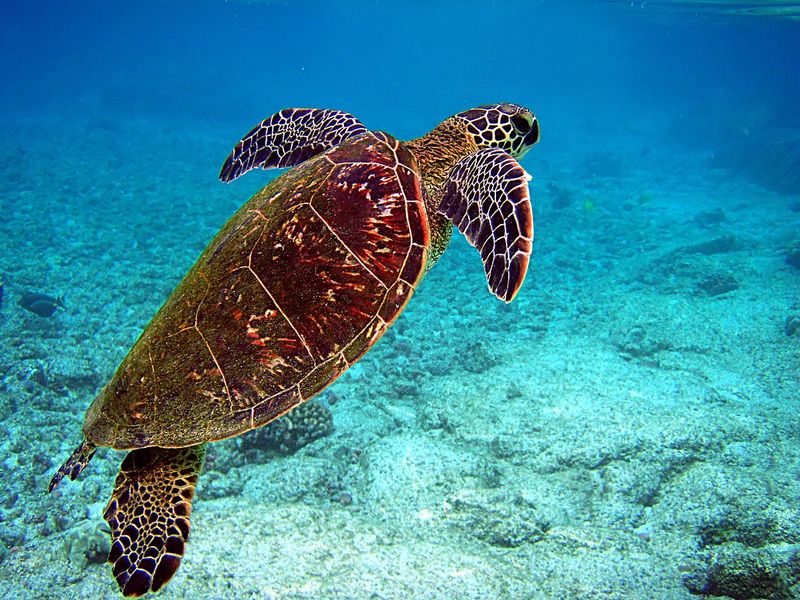
Boat strikes cause devastating injuries to swimming turtles. When boating in turtle habitats, reduce speed and post a lookout for telltale turtle heads popping up for air.
Many coastal areas mark turtle zones with speed limit signs. Following these regulations protects not just turtles but manatees, dolphins, and other marine wildlife sharing these waters.
11. Fund Research Through Purchases
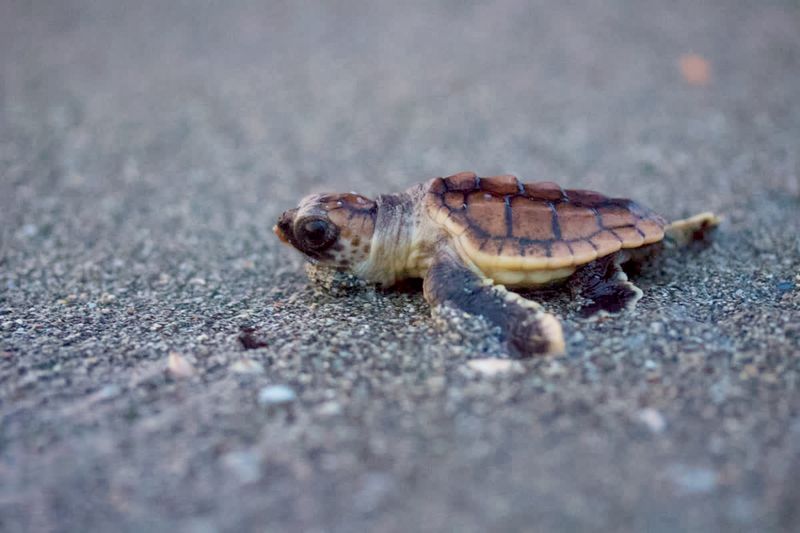
Shopping power can save turtles! Many organizations offer turtle-themed merchandise with proceeds supporting conservation efforts. From t-shirts to tote bags, your purchase funds critical research.
Look for reputable wildlife organizations like Sea Turtle Conservancy or World Wildlife Fund. Their quality products spread awareness while directly supporting turtle protection programs.
12. Properly Dispose Of Fishing Gear
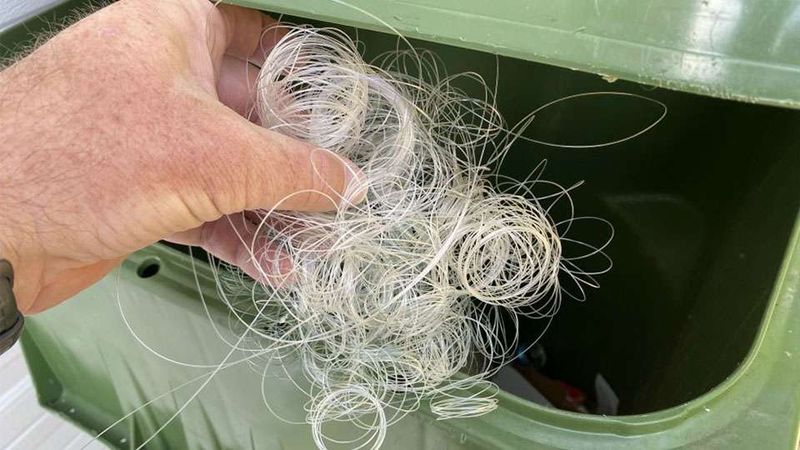
Abandoned fishing line is a deadly trap for curious turtles. Never leave hooks, line, or nets behind after fishing trips. Look for specialized recycling bins at many fishing spots.
Carry scissors to free any wildlife you find entangled. A moment of your time could save a turtle from a slow, painful fate wrapped in discarded fishing equipment.
13. Sponsor Satellite Tracking
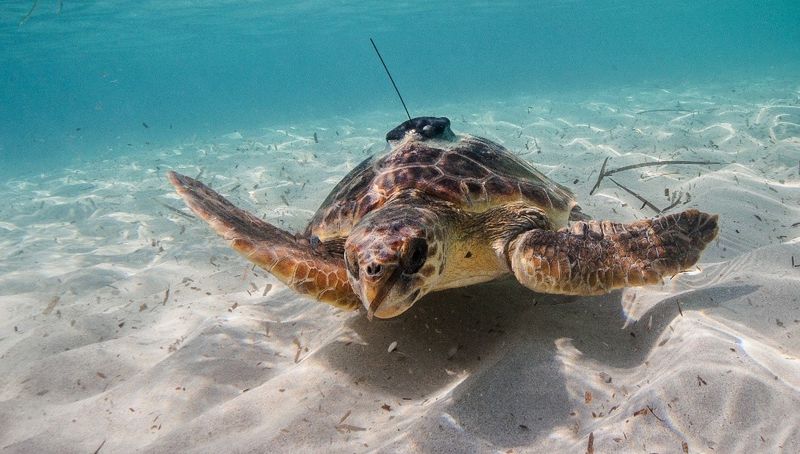
Ever wonder where turtles go? Satellite tracking programs attach harmless transmitters to turtles’ shells, revealing migration routes and feeding grounds previously unknown to science.
For around $25-100, you can sponsor a turtle’s tracking device. Many programs let you follow your turtle’s journey online – a fascinating educational experience for kids and adults alike!
14. Advocate For Turtle-Safe Policies
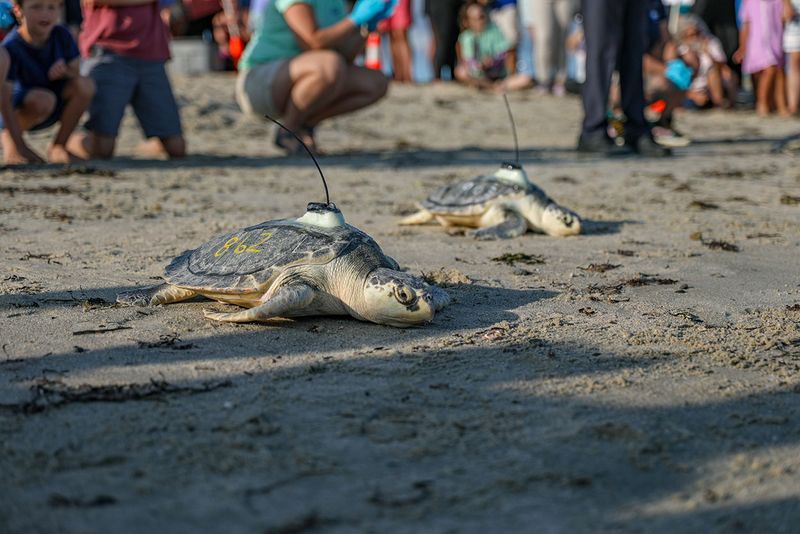
Your voice matters! Contact elected officials about protecting turtle habitats and supporting conservation legislation. Even a brief email or phone call demonstrates public concern for these ancient creatures.
Follow organizations like Oceana or Sea Turtle Conservancy on social media. They often share action alerts when important turtle protection policies need public support.
15. Educate Others About Turtle-Friendly Practices
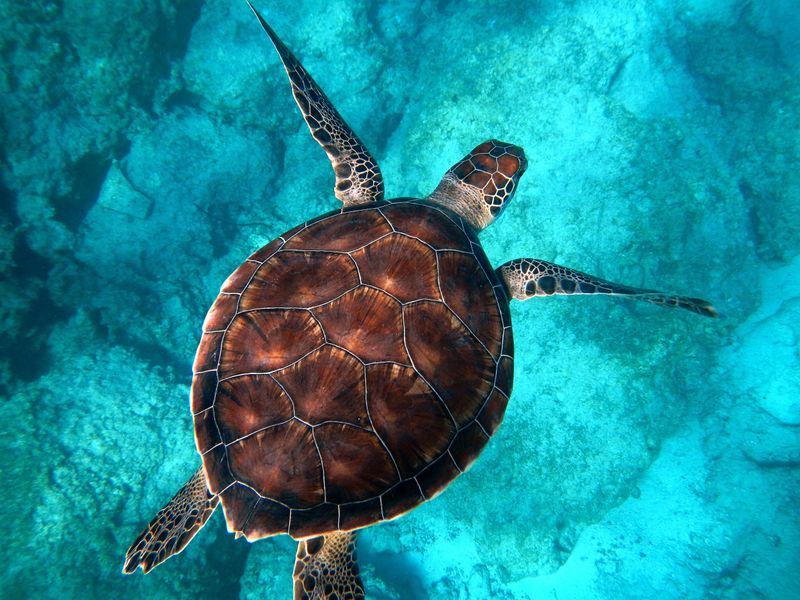
Knowledge is power! Share turtle facts on social media or give a presentation at your school or community center. The more people understand turtles’ challenges, the more helpers they’ll have.
Simple tips like “cut six-pack rings” or “fill in sandcastles before leaving the beach” are easy for anyone to implement. Your enthusiasm might inspire the next generation of turtle conservationists!






